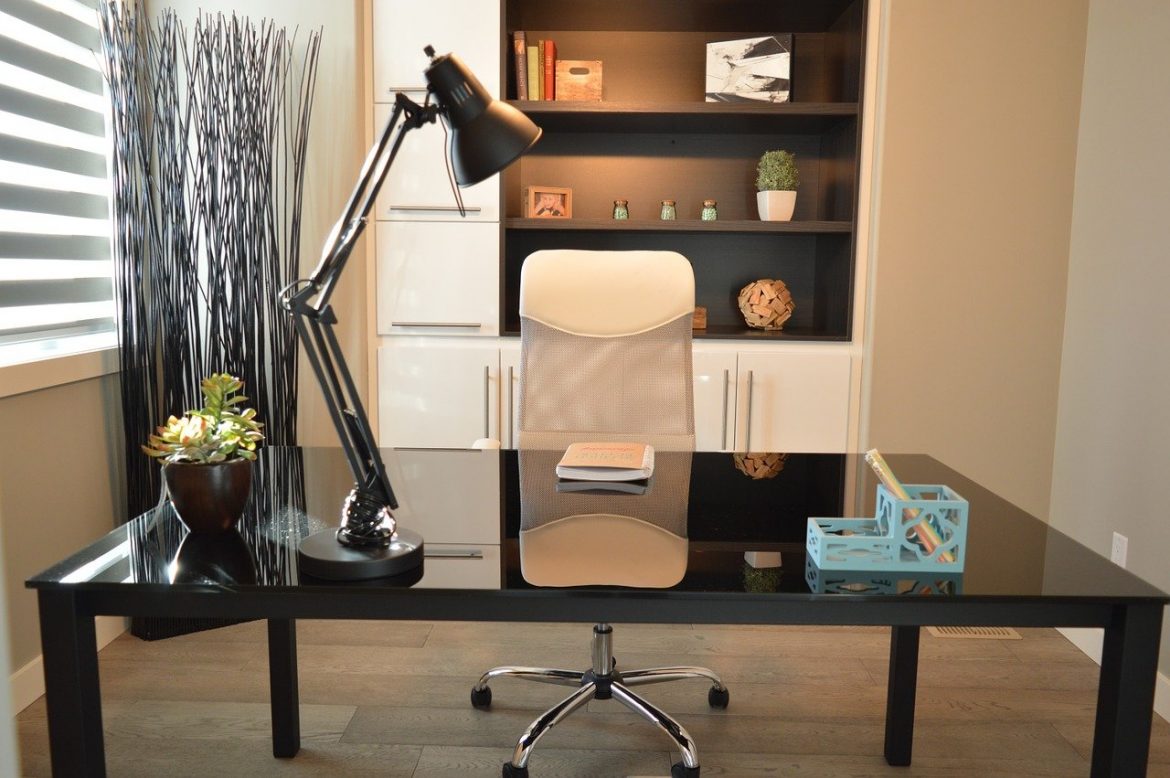After a few years of remote work, organizations around the world seem locked in a perpetual struggle with their employees to entice them back to the office. Commercial real estate expert Nick Millican explains why many of the current strategies just aren’t working — and what companies can do instead.
In 2019, working from home was seen as a luxury experienced by very few people. Most of the time, employees needed special permission, which was rarely granted and under the strictest of terms. The dominant thinking was that people simply wouldn’t — couldn’t — work effectively unless they were in the office, surrounded by their colleagues and overseen by their bosses. At best, some employees would be allowed to do a day or two every couple of weeks, and only under the most extreme circumstances could someone work from home permanently.
The idea of rarely going into the office being the norm was implausible. It was a pipe dream for many workers and tantamount to rebellion for bosses who wanted to see their workforce sitting diligently at their desks.
But with the pandemic came a complete mind shift, explains Nick Millican, chief executive officer of the real estate firm Greycoat. All at once, the world’s workforce was forced to work from home. Instead of a luxury, it became a necessity. And after a few months of forced lockdown, employees proved they could be fully functional and as productive as they were in the office — even more so, since they no longer had to spend hours a week commuting.
As lockdowns were lifted and people were permitted to return to the office, a funny thing happened: Many people didn’t want to go. So they didn’t. And if they were forced to, they went under sufferance, Millican explains.
Nick Millican Sees No Return to the Old Ways
As a result, businesses have seen continued issues managing after the pandemic. Expectations around hybrid work have become the norm.
“I don’t think we ever get back to exactly the way things were in 2019,” says Nick Millican. “Ironically — after the experience of being forced to work from home, and the difficulties people first had during the pandemic when they were locked out of their offices — one of the things that it has made managers contemplate is that if they are going to drag their staff 45 minutes away from their house to come and work, then they realize they need to do a better job of making that place somewhere they’d actually like to be.”
Managers and business leaders eventually realized that simply mandating people to return to the offices wasn’t working. After the pandemic, the skilled and professional workforce became more fluid, and if people didn’t like the terms under which they were working, they would simply leave and find somewhere that fit their lifestyle better. So instead, says Millican, companies started offering special treats for people who came into the office. To entice staffers back, they’d have free lunch days or pizza parties. Companies would organize happy hours and allow casual dress more often. Yet these types of inducements quickly became gimmicky in the eyes of employees, Millican notes. They simply weren’t sustainable as a way to bring the workforce back to the office.
Smart Companies Will Change Their View
Nick Millican has a particularly unique insight into the remote work debate. As well as being the manager of a company, he’s also deeply involved in commercial real estate in one of the world’s most important business capitals.
Millican points out there’s been a seismic shift in the way smart companies view their office space and real estate generally.
“A lot of mainstream corporates used to view their office space as a cost center. Their real estate team’s job was to lower the cost per desk and drive efficiency. And from the bottom line perspective, the model was actually entirely justifiable for many companies for many years — even if it wasn’t creating the best workspace for their employees,” says Nick Millican. “What you ended up with was people being crammed into very dense open-plan spaces that generally were not great-quality offices.”
The problem that the tenants of such offices now find themselves dealing with is clear. If people don’t feel the need to commute into their offices in the first place, they certainly aren’t going to be attracted to come back to cramped, unattractive spaces.
“There’s been a fairly vociferous reaction against these types of office settings because it’s hard enough to get people to come back,” says Nick Millican.
Worse still, he notes, are the locations of many of these businesses. Office parks far outside urban centers were all the rage when downtown offices were expensive or hard to find. But now they seem to sit as desert islands far away from civilization. If employees are forced back to work at such places, there’s nothing else for them to do there besides work. More attractive to today’s prospective commuter is the idea of heading somewhere interesting and exciting, where they can also shop, go to the theater, visit an art gallery, or something else that positively impacts their lifestyle and well-being.
“There’s a future for the office. I just think it will be less the kind of the suburban office park or court center and more of the city center,” says Nick Millican.
Yet how the office will look and feel is also an essential factor in attracting people back to the office. Fewer cubicles and more collaborative space. Because as much as some workers don’t want to admit it, there is deep value in colleagues coming together in the same physical environment.
“The feedback we hear a lot — we speak to tenants in our buildings — is that it’s very difficult to build any sort of a team culture remotely,” says Nick Millican. “If you’re a business that recruits graduates, then you just can’t train them remotely.”




